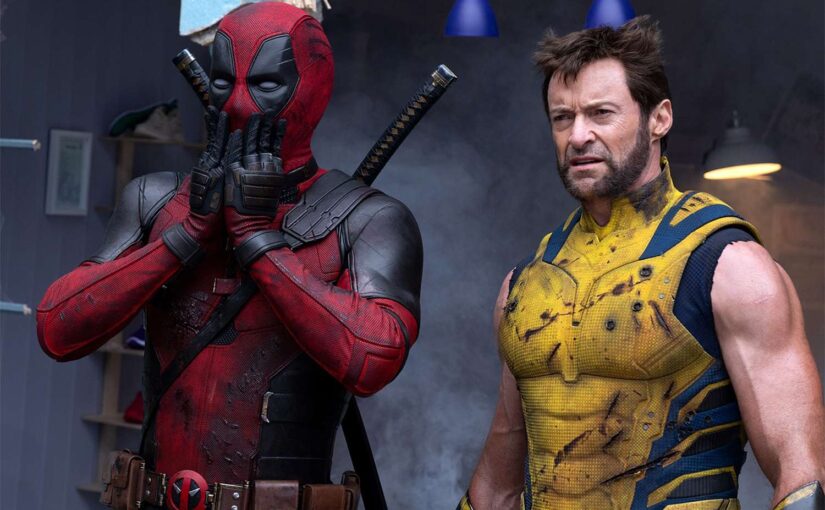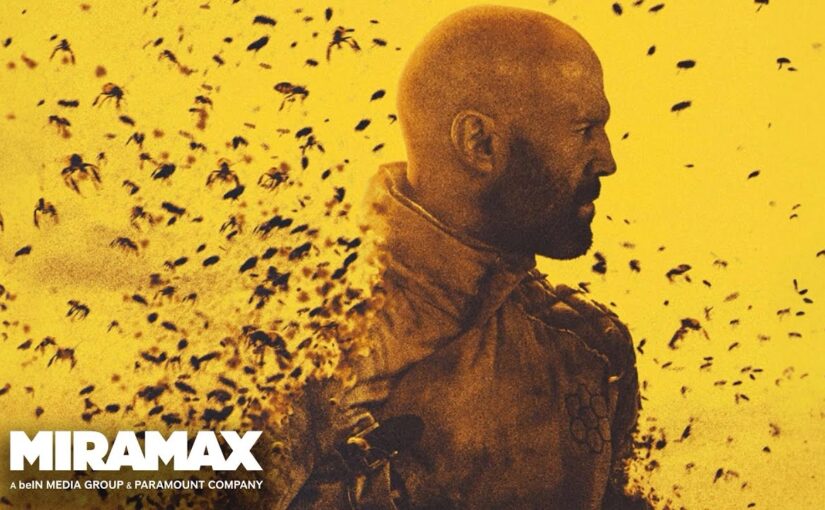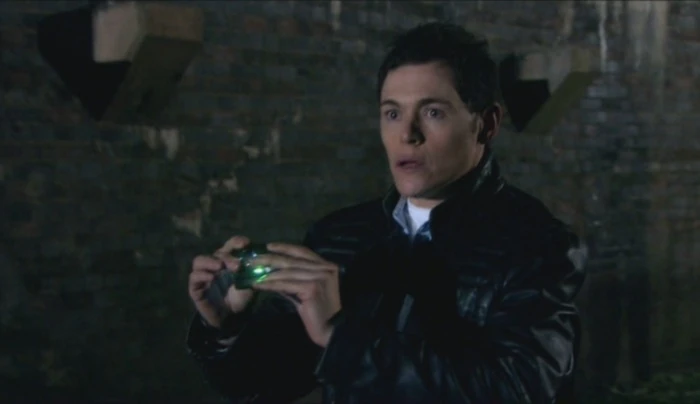It’s no secret that the MCU has fallen by the wayside lately, with even its most die-hard fans losing interest. A lot of pressure and expectation rest on “Deadpool & Wolverine,” and while it’s a fun ride, it’s not quite the fix Marvel needs.
That’s not to say it’s a bad film—far from it. “Deadpool & Wolverine” is a very good “Deadpool” film, certainly better than “Deadpool 2.” Ryan Reynolds’ love for the character and source material shines through, and everyone involved cares.
The setup is intriguing: a TVA suit, known as Mr. Paradox (Matthew MacFadyen), has been tasked with tidying up all the dead-end timelines. He either lets the universes fade away or puts people into The Void, where these discarded souls come under the power of Cassandra Nova (Emma Corrin), the telepathic evil twin of Charles Xavier.
We catch up with Wade Wilson, who has long since retired as Deadpool and is working as a used car salesman with Peter (Rob Delaney). Wade is then kidnapped by Mr. Paradox, who offers him a place in the MCU if he helps him close Wade’s universe. With this universe’s Wolverine having died in “Logan,” Wade decides to find another version of Wolverine (Hugh Jackman) to help him defeat Mr. Paradox and save his world.
The film is fast-paced, foul-mouthed, and an absolute joy. As a lifelong comic book fan, it had me grinning from ear to ear. Team-ups happened constantly in the comics, and “Deadpool & Wolverine” is filled with familiar faces from the MCU and Marvel-adjacent stars. Even some fan-casted actors jump in for a slice of the action.
Every few minutes, the audience in my screening burst into cheers and applause as another famous face appeared. It was like “Spider-Man: No Way Home,” but with an added 26 years’ worth of nostalgia.
The problem with stuffing all that fanservice into a 2-hour movie is that it doesn’t leave much room for the story to breathe. Balancing all those cameos in a 2-hour film makes them feel underserved. Giving each character the time they deserve would result in a 4-hour movie, which would feel too much.
I’ll end my review here, as I don’t want to spoil any surprises. If you want to see this spoiler-free, do yourself a favour and see it this weekend.
“Deadpool & Wolverine” is in cinemas now.
⭐️⭐️⭐️⭐️










